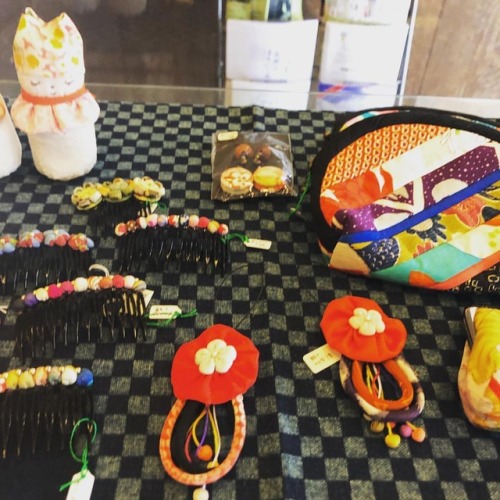#machiya
Lunch at “Nishiki Agaru” near Nishiki Market, Kyoto. Nicely arranged tiny colorful cups called “nozoki” are so cute, which I never use at home (…too many to wash, you know).
The restaurant was a renovated Machiya, traditional merchant’s house, and had a beautiful small inner garden deep-inside with fresh green of Japanese maple, which we enjoyed just next to our seats. It was good to make a reservation earlier.
Kyomachiya Nishiki Agaru (Japanese)
https://www.google.co.jp/amp/s/s.tabelog.com/kyoto/A2601/A260201/26025527/top_amp/
You can also bring foods you bought at Nishiki Market in (They will serve them on dish). Better to make reservations especially for weekend lunch.
Machiya
https://en.m.wikipedia.org/wiki/Machiya
Kyoto’s Machiya is especially called “Kyomachiya”.
Nishiki Market (japan-guide.com)
http://www.japan-guide.com/e/e3931.html
錦市場ちかくの「錦上ル」で昼ごはん。きれいに並べられたのぞきが可愛いらしい、が、家では全然使わない(洗い物が増えるしな;)。
細長い町家の奥座敷には紅葉の青がきれいな坪庭。早くに予約しておいて良かった。
京町家 錦上ル
http://nishikiagaru.jp
京町家
https://ja.m.wikipedia.org/wiki/京町家
Post link
夜の部。
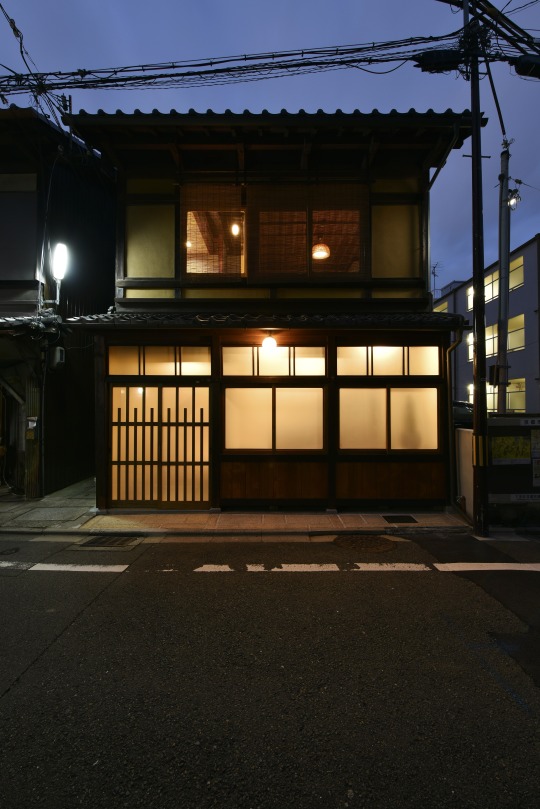




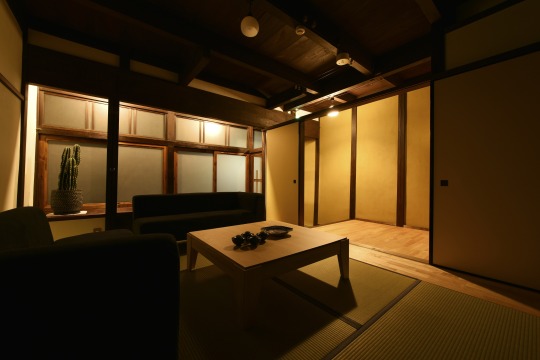
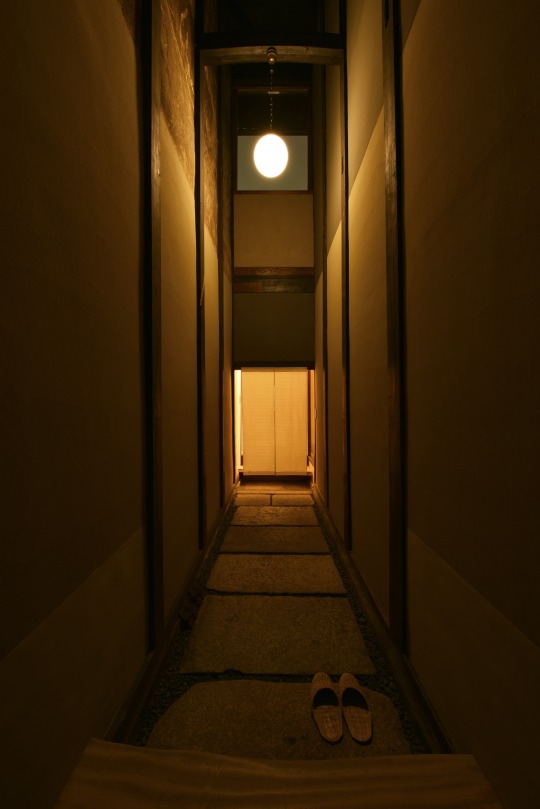

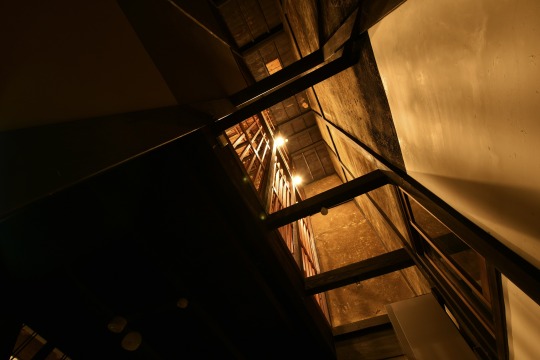

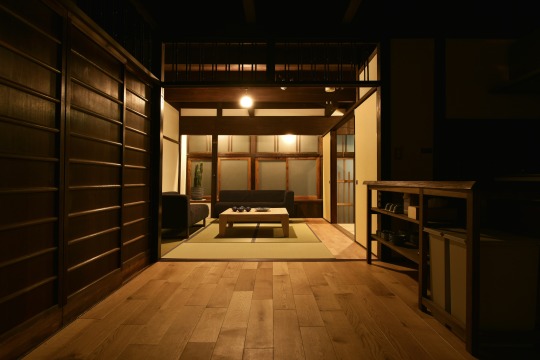
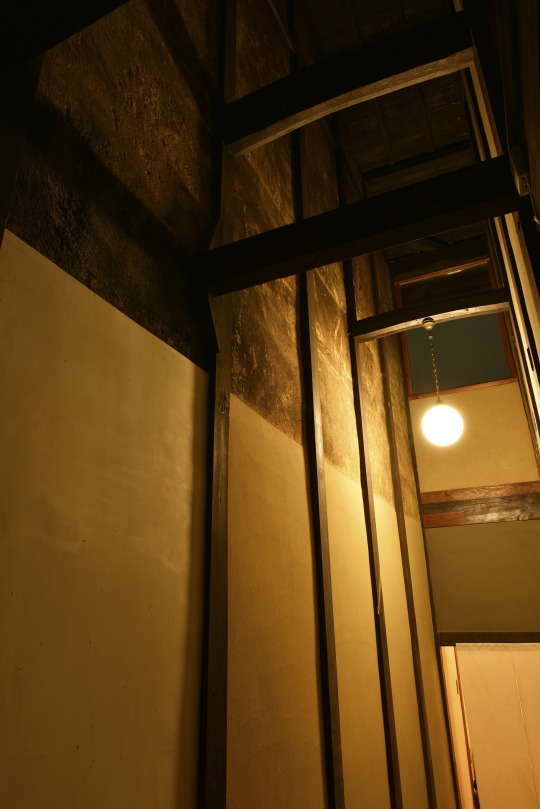


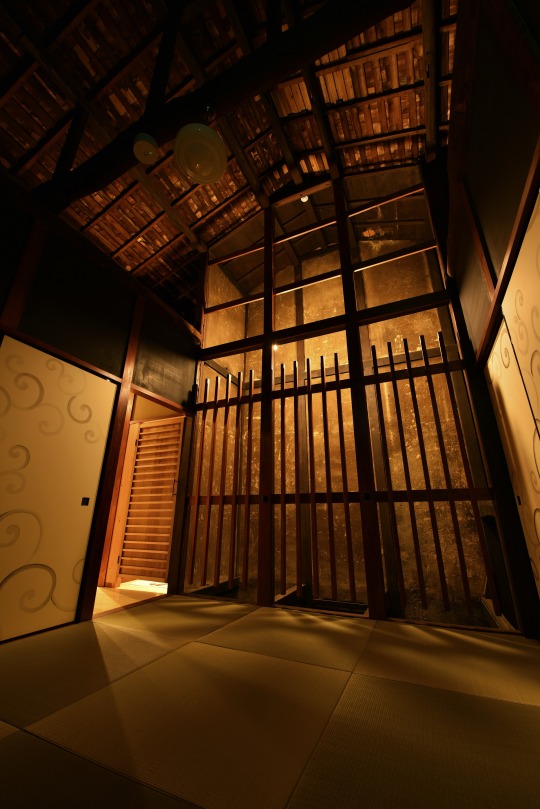


庭も完成し、家具も入ったということでプロのカメラマンさんに撮影していただきました。
思えば鹿島でデザインの仕事ができないとわかって辞めることを決断したのが2006年。それから京都の経営大学院に1年通ってイスタンブールのMBAコースに半年留学して、修士論文で町家を利用したゲストハウスの経営実態調査の研究をして。4年間の海外勤務でお金を貯めて、やっとこさ日本の町並みを保存するしくみ(経営×デザイン)の第一歩と相成りました。2006年から考えるとなかなか長い11年でした。
工事に入る前はそもそも不動産は見つからないし工事が始まってからも水道・ガス・電気工事してくれる業者も見つからないし材料の発注先もわからないなか、いろんな人に助けてもらいました。現場では大工さんと左官さんの3人で頑張っていましたが、このチームでなければここまでのものは作れなかったと思います。自分で言うのもなんですが奇跡のチームだったと思います。本当にありがとう。
そして名前を書ききれないほどたくさんの人に現場に手伝いに来てもらいました。また、工事現場の町内の皆さまには謎の若者3人組を温かく見守ってくれてありがとうと伝えたいです。
人間一人では限界があるけど、志と気合と根性があればなんかいろいろできるみたいです。またこれから新しい物語が始まりますが、次の物語も楽しんでいきたいと思います。




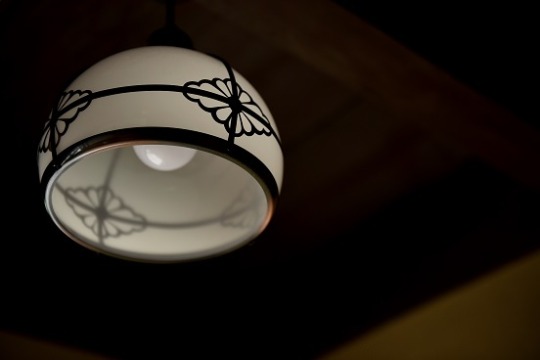


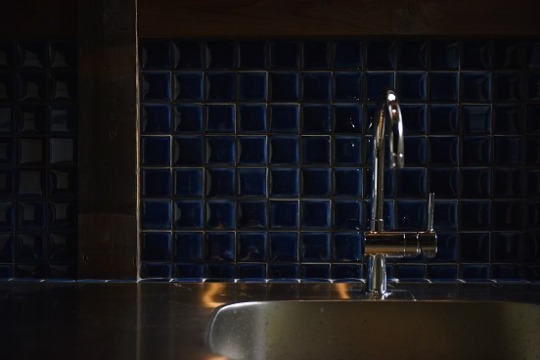



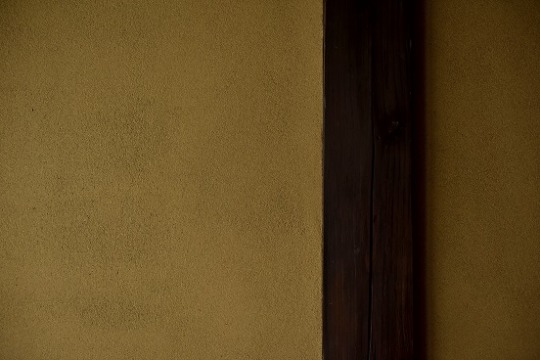
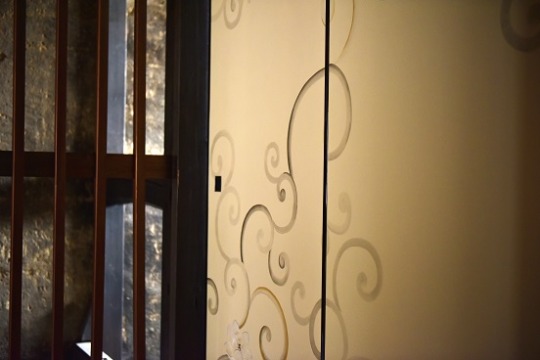
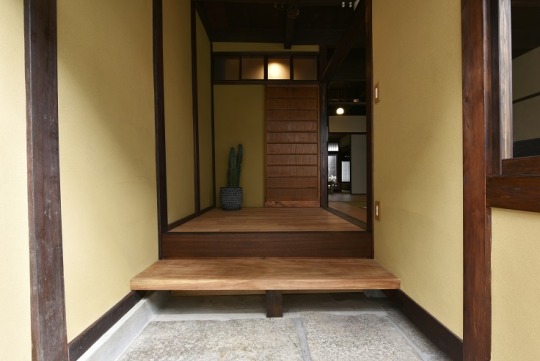



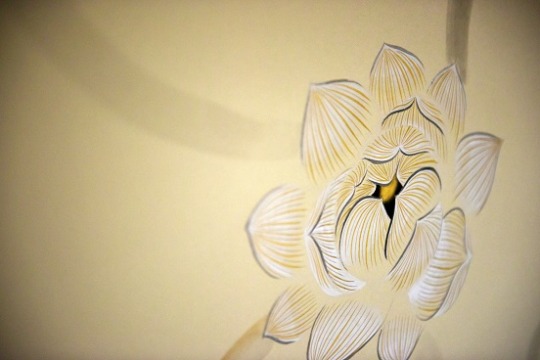



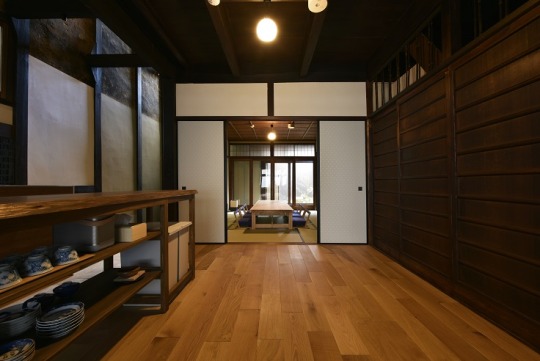
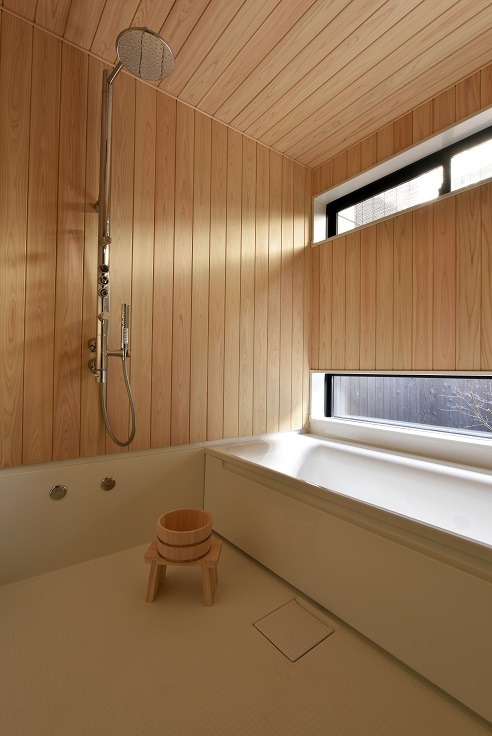


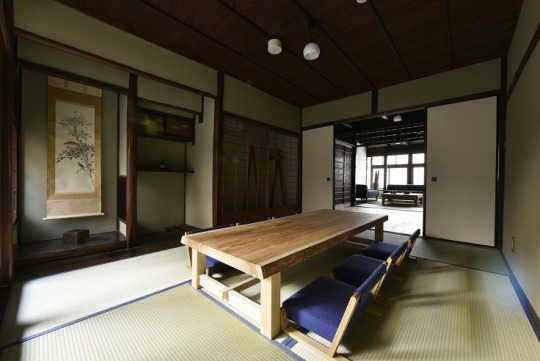

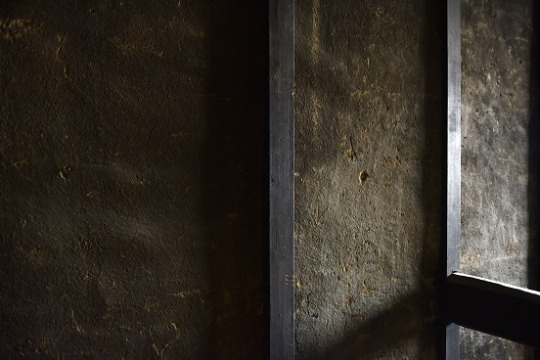

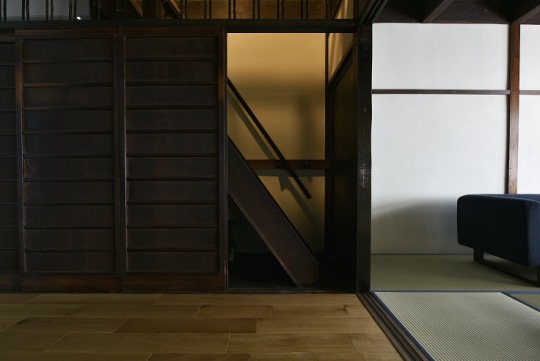









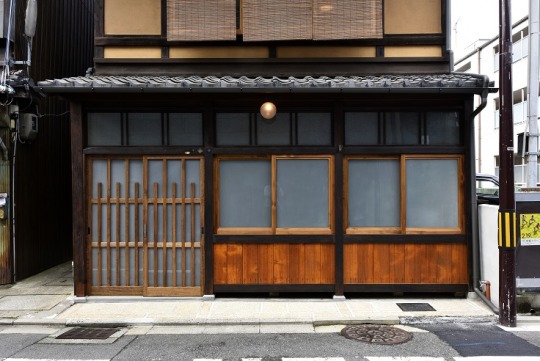
畳・襖が入りました。家具の購入、庭づくりは依然頑張っております。

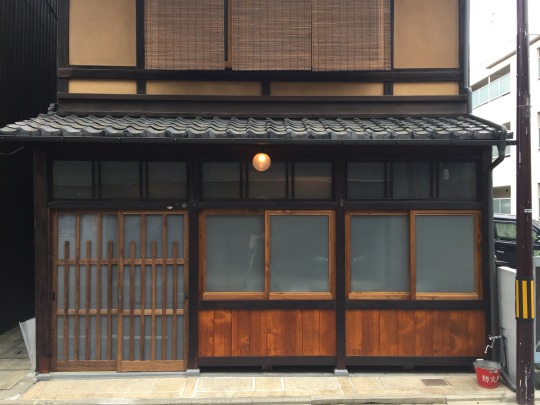

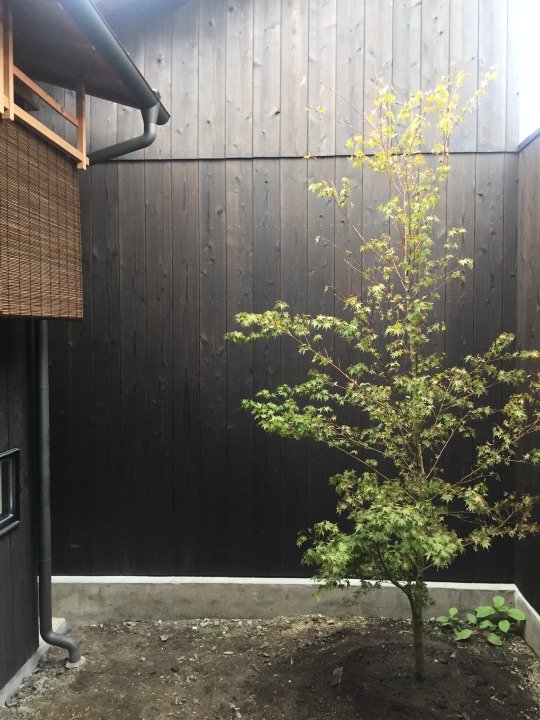
お風呂場も無節の檜とシャワーバーがなかなかおしゃれです。



1階の襖をあけたり締めたり。
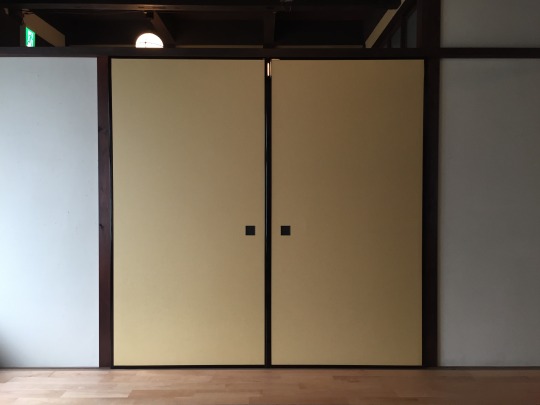
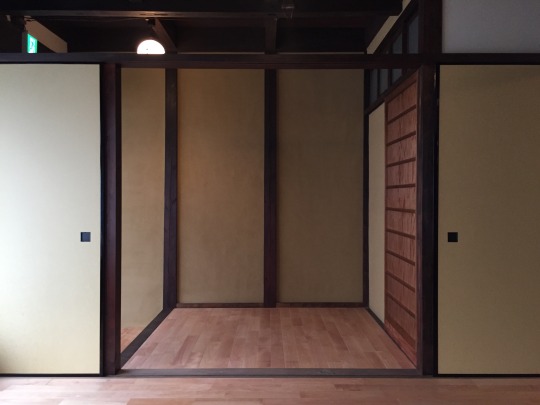


階段の手すりは八角の棒をつくり、エニ油を刷り込んであります。

二階に上がってみます。


写真には写っていませんが、ベット搬入しました。

二階の襖は仏具絵師さんに描いてもらいました。



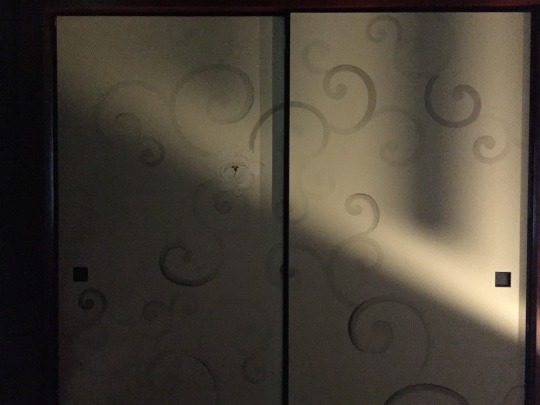
一階の和室に据える机は、樹齢350年の1800mm x 900mm x70mmの杉の一枚板を買いました。通常杉は柔らかいので机には適していないのですが、目が細かく硬かったので、用に足りると判断しました。
ベットや布団、アメニティーなど、宿泊する準備は整いました。
あとは庭を早急に仕上げなければ。。。
ついに大工工事・左官工事がおわったので、町家の大掃除をしました。




照明もすこしづつ取り付けていっています。


今週はこんなところです。
左官さんが壁の仕上がりが気に入らないと、1.5mm粒径の砂をふるいにかけて自ら作成の上、1階の和室の土を塗りなおしてくれました。あさぎ土というすこし緑がかった土です。たしかに、塗りなおした後の土壁は大変美しい仕上がりでした。写真では乾燥しきっていないので、少し色が濃くでています。

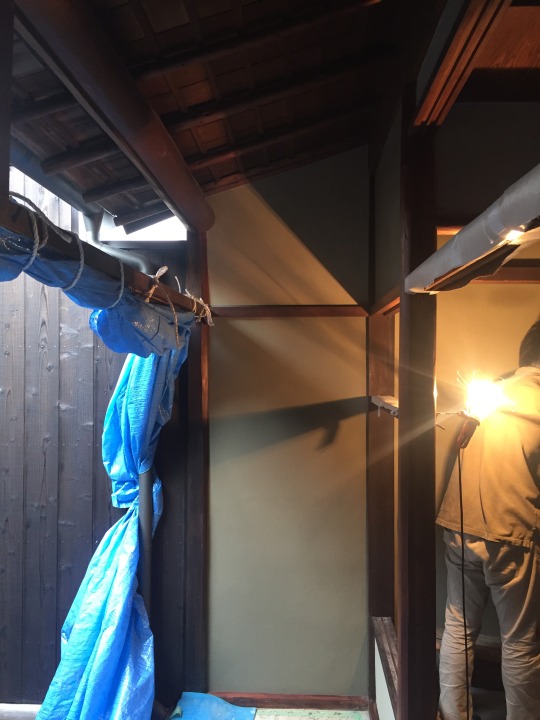
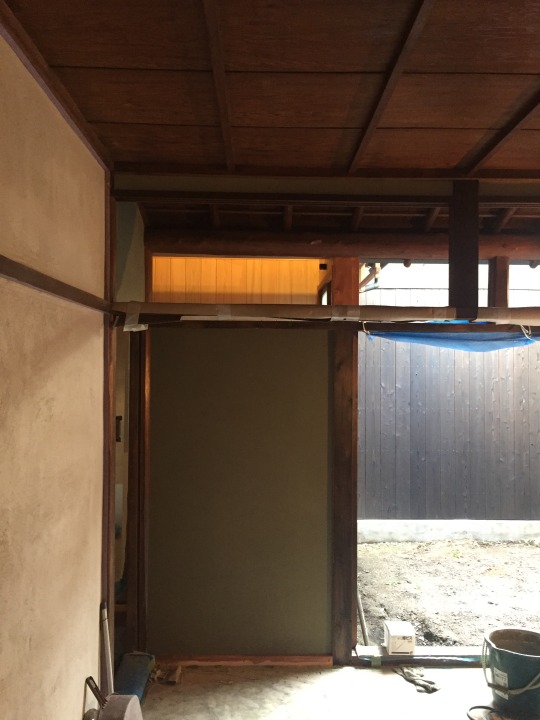
大工工事は大きなところはもう終わり、建具の作成や洗面ボウルの取り付けなど、小さいものばかりになってきました。
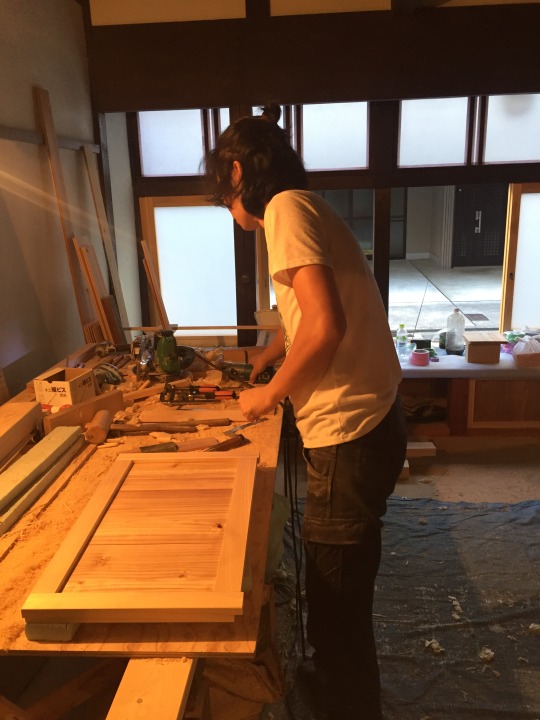

腰掛の下の引き戸をはめたところです。まだ色がついていませんが。
1階トイレの洗面ボウル
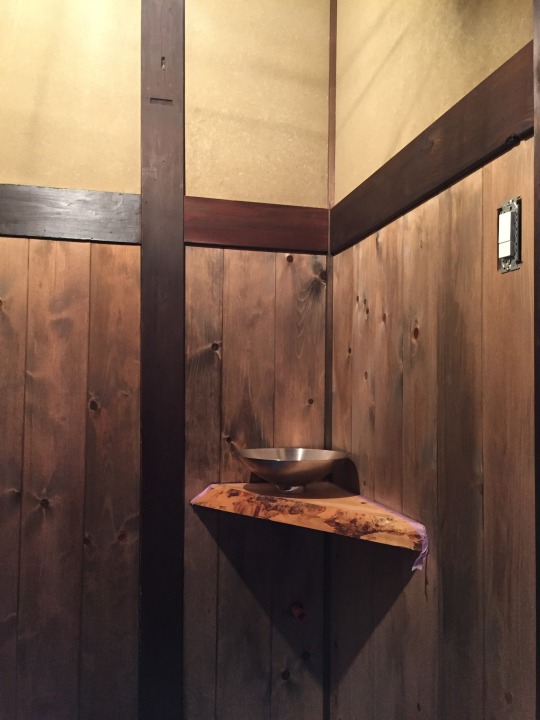
お風呂場の照明は船舶用のものを使いました。デザインとコストのバランスが良く、船舶用なので、耐水・耐衝撃です。

今週はこんなところです。
The other day I posted about the Goze Museum which is curated by Mr. Zenji Ogawa. His home and kimono shop are 3 doors from the museum, and a place worth visiting for the Machiya (townhouse)architecture as well as for the small Japanese trinkets (“Komono”) which he and his wife have on sale and on display in their beautiful home. Don’t think you’ll have to buy an entire kimono when you visit his store. Just last week some Australian visitors came down from the ski slopes to wander around Joetsu. When they arrived at Mr O’Hara’s shop, they were treated to a “trying on” of kimono, a bit of a cultural experience and photos to show friends. The small trinkets also make wonderful and appreciated gifts for those at home. Mr. Ogawa is a bit of a local historian, and is brushing up his English. Why don’t you stop by for a chat? #joetsu #takada #machiya #japaneseculture #kimono (at きものの小川)
https://www.instagram.com/p/BtLx1Ljjtj7/?utm_source=ig_tumblr_share&igshid=z2aeevqcx2o4
Post link
Have you ever heard of “Goze?”(“go-zay“)
Long before tv or even before radio was common, this performers would travel through town and give singing performances accompanied by the 3-string shamisen. In those days, if a little girl was blind, she had basically 2 career options: to be a masseuse or to be a goze singer.
In Joetsu, groups of goze lived together in a house run by a strict house mother, who trained the women and took care of finances. In some cases, she took on the young girls and raised them for this kind of performing, traveling life. On the road, the goze would sing for rice and lodging. The last living goze house mother in Japan, Sugimoto Kikue, was proclaimed a living cultural artifact in 1970 before she passed away in 1989.
When you visit Joetsu, make sure to visit the Goze Museum, set in a traditional “Machiya”(literally “townhouse”) which is carefully curated by Mr. Ogawa, who is also preserving Japanese culture through the kimono store he runs in a similar traditional structure three doors away. Enjoy the art, dioramas, video and recorded music from this special time in Joetsu history. #joetsu #goze #takada #machiya #art #japan #japanesehistory #shamisen (at きものの小川)
https://www.instagram.com/p/BtGRh6AjpWX/?utm_source=ig_tumblr_share&igshid=1smucc4d2rk7k
Post link




